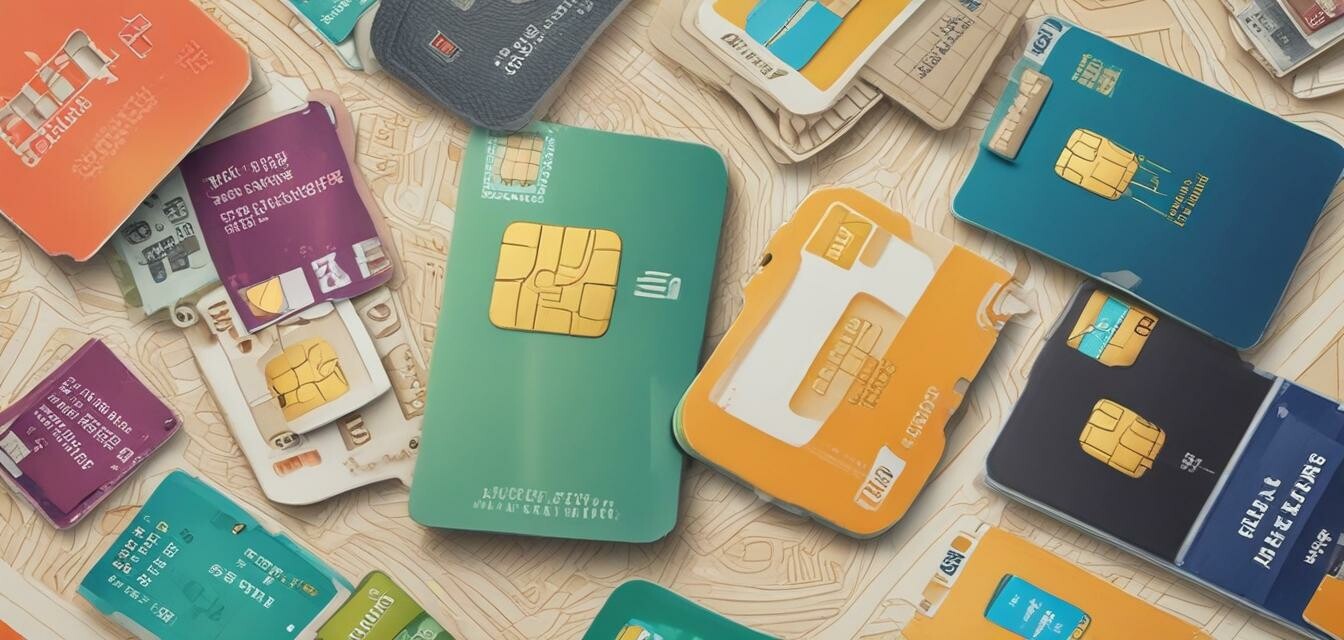
Understanding SIM Card Sizes for Travelers
Key Takeaways
- There are three primary SIM card sizes: Standard, Micro, and Nano.
- Choosing the right SIM card size ensures compatibility with your devices.
- Many travel SIM card solutions offer adapters for different sizes.
- Familiarize yourself with SIM card sizes to avoid connectivity issues while traveling.
When embarking on a journey, staying connected is often a priority. Whether you're navigating new cities, checking in with family, or sharing experiences on social media, having a reliable mobile connection is essential. A crucial part of this connectivity is understanding SIM card sizes and ensuring you have the correct one for your devices. This guide will navigate you through the various SIM card sizes, their differences, and tips on how to ensure your devices work seamlessly when you travel.
Types of SIM Card Sizes
SIM cards come in three main sizes, each designed for different devices:
| SIM Card Size | Dimensions (mm) | Common Devices |
|---|---|---|
| Standard SIM | 85.6 x 53.98 | Older mobile phones, some tablets |
| Micro SIM | 15 x 12 | Smartphones, tablets (older models) |
| Nano SIM | 12.3 x 8.8 | Latest smartphones, smartwatches |
Understanding the Standard SIM
The Standard SIM card measures 25 x 15 mm and is the largest of the three sizes. It was commonly used in older mobile phones. Since most modern devices have shifted to smaller formats, the Standard SIM has become less prevalent but is still found in some older models.
Getting Acquainted with Micro SIM
The Micro SIM, at 15 x 12 mm, serves as a transition between the Standard SIM and the more compact Nano SIM. Many older smartphones utilize Micro SIM cards. If you have an older smartphone, you might need to acquire a Micro SIM for your travels.
Exploring the Nano SIM
The Nano SIM is the smallest and currently the most widely used SIM card size, measuring 12.3 x 8.8 mm. If you own a recent smartphone, chances are it requires a Nano SIM. Travel SIM cards are often available in this size, making it easier to stay connected during your travels.
How to Ensure You Have the Right SIM Card Size
Before heading out on your adventure, ensuring you have the right SIM card size for your devices is key. Here are a few tips:
- Check your device manual: Most device manuals provide detailed specifications on SIM card requirements.
- Visit the manufacturer's website: If you're uncertain, the manufacturer's website is a reliable resource.
- Utilize SIM card adapters: If you have multiple devices, consider carrying SIM card adapters that allow you to use a single SIM card in different sized slots.
- Stock up on spare SIMs: Having additional SIM cards or adapters can save you the hassle of searching for the right size when you're abroad.
Finding Travel-Friendly SIM Cards
Many travel solutions offer different SIM card sizes tailored for the needs of travelers. Here are ways to find the right one:
- Research local providers: Each country has unique offerings for travelers. Research local SIM card providers ahead of your trip.
- Look for international SIM cards: These cards can work in multiple countries, making them convenient for travelers.
- Compare plans: Understand data limitations, recharge options, and whether they are valid for your travel duration.
Common Issues and Troubleshooting
Despite preparation, connectivity issues may arise. Here are some common problems travelers face and the solutions:
Beginner's Troubleshooting Tips
- Check if the SIM card is properly inserted.
- Ensure your device is unlocked, allowing for the use of different carriers.
- Switch between different modes (2G, 3G, 4G) to see if connectivity improves.
- Restart your device to refresh the connection.
Conclusion
Understanding SIM card sizes is crucial for maintaining connectivity while you travel. With the right information, you'll easily navigate through the various SIM options and make informed choices to keep your devices connected. Don't forget to explore our other resources on travel technology, like SIM card organizers to keep your cards safe and accessible. Stay connected, travel smart!
Pros
- Clear understanding of SIM card sizes aids in travel preparation.
- Helps avoid connectivity issues abroad.
- Easy navigation through various SIM card options enhances the travel experience.
Cons
- Not all devices may be compatible with all SIM card sizes.
- Finding the right SIM card abroad may require extra time and effort.